Max Lamb designs sculptural objects for renovated 1960s church
London-based designer Max Lamb has created a new altar, sanctuary floor, and Paschal and altar candleholders for St John Chrysostom Church in Peckham, London
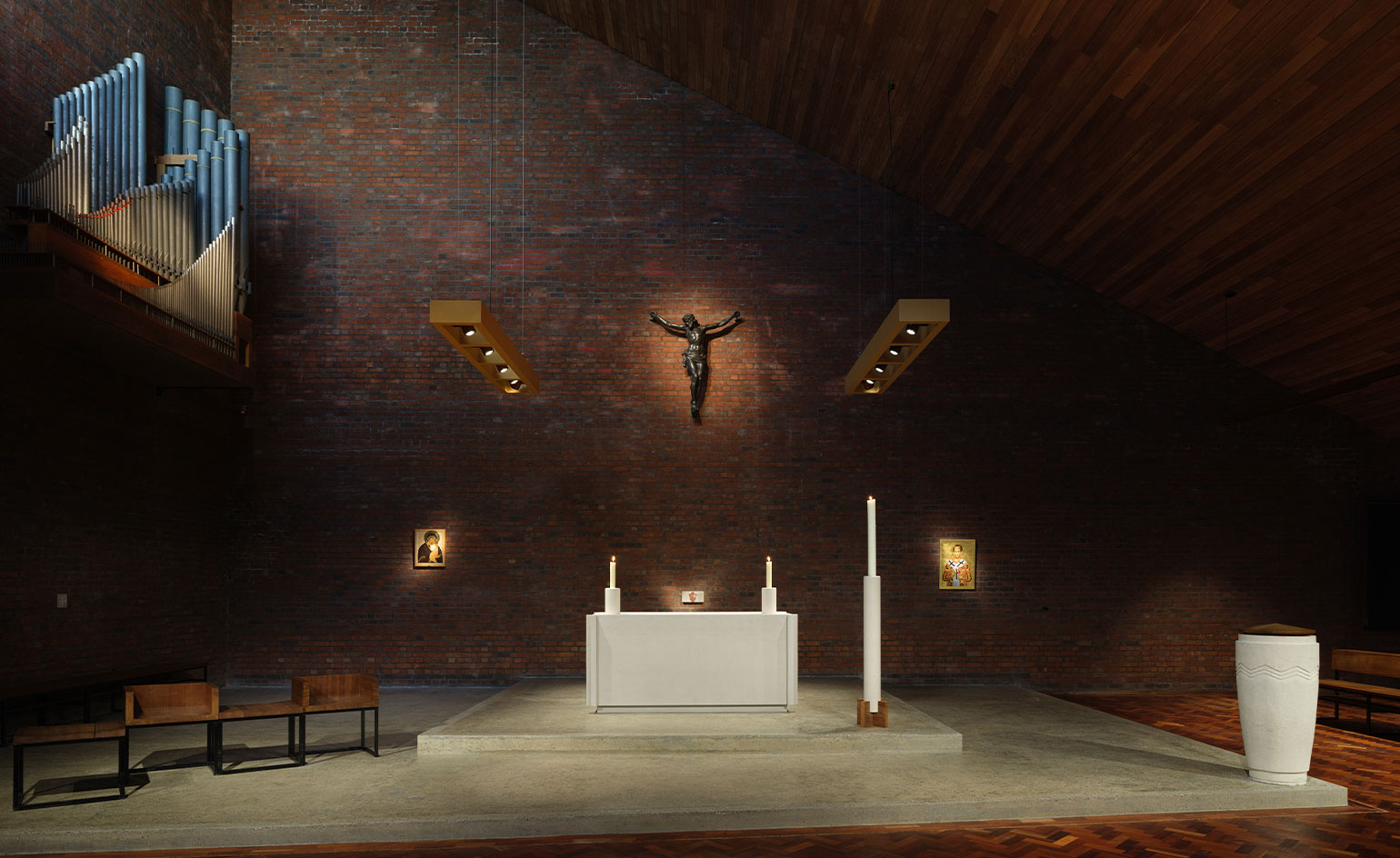
Lewis Ronald - Photography
There is something brutal, modest and pure about St John Chrysostom Church in Peckham, says designer Max Lamb, who has created a new altar, sanctuary floor, altar candleholders and a Paschal candleholder for the modernist Anglican church in south London. ‘It’s not adorned with a lot of decorations or carvings as you would see in other churches,’ he adds.
Completed in 1966 and replacing two earlier parish churches that had been bombed in the Second World War, St John Chrysostom has a slanting copper roof, a sawn softwood ceiling and a tower feature above the sanctuary that provides dramatic indirect lighting to the space below. ‘When you’re in the congregation looking at the altar, you don’t see any windows and can’t see where the light is coming from,’ says Lamb. ‘So it creates this diagonal shaft of light which makes for some spectacular effects and shadows.’
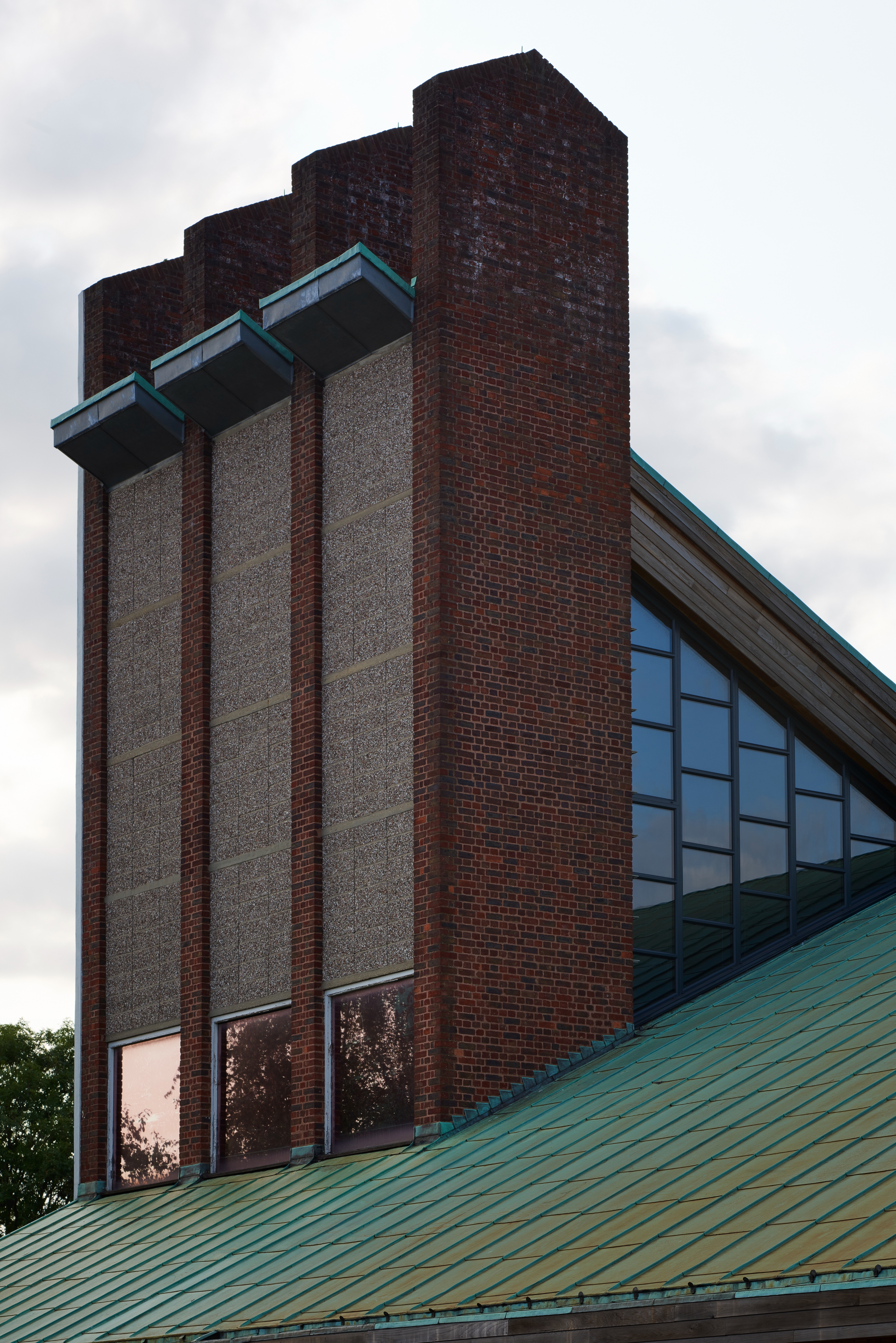
Commissioned by the church on behalf of the Diocese of Southwark and produced by art curator and producer Aldo Rinaldi, the project saw Lamb respond to the stark beauty of the building’s architecture and the simplicity of its material palette by keeping his offerings in the same sober but poetic register and sticking to similar materials.
He was keen for the additional elements to have presence, however. ‘When I first visited the church, the original altar was made of brick and wood and the effect of the brick altar against a brick wall backdrop meant it was almost invisible.’ Lamb opted instead for Portland stone for the altar and the candleholders, which not only contrasts well with the surroundings but is also a nod to the fact that one of the previous churches on the site – St Jude’s – had been built out of Portland stone. ‘One of the stone columns from the site was retained and turned into the baptismal font,’ says Lamb. Two other small and unusual elements made out of the same limestone can be found in the church: a cantilevered seat behind the altar and a wall plaque just above it.
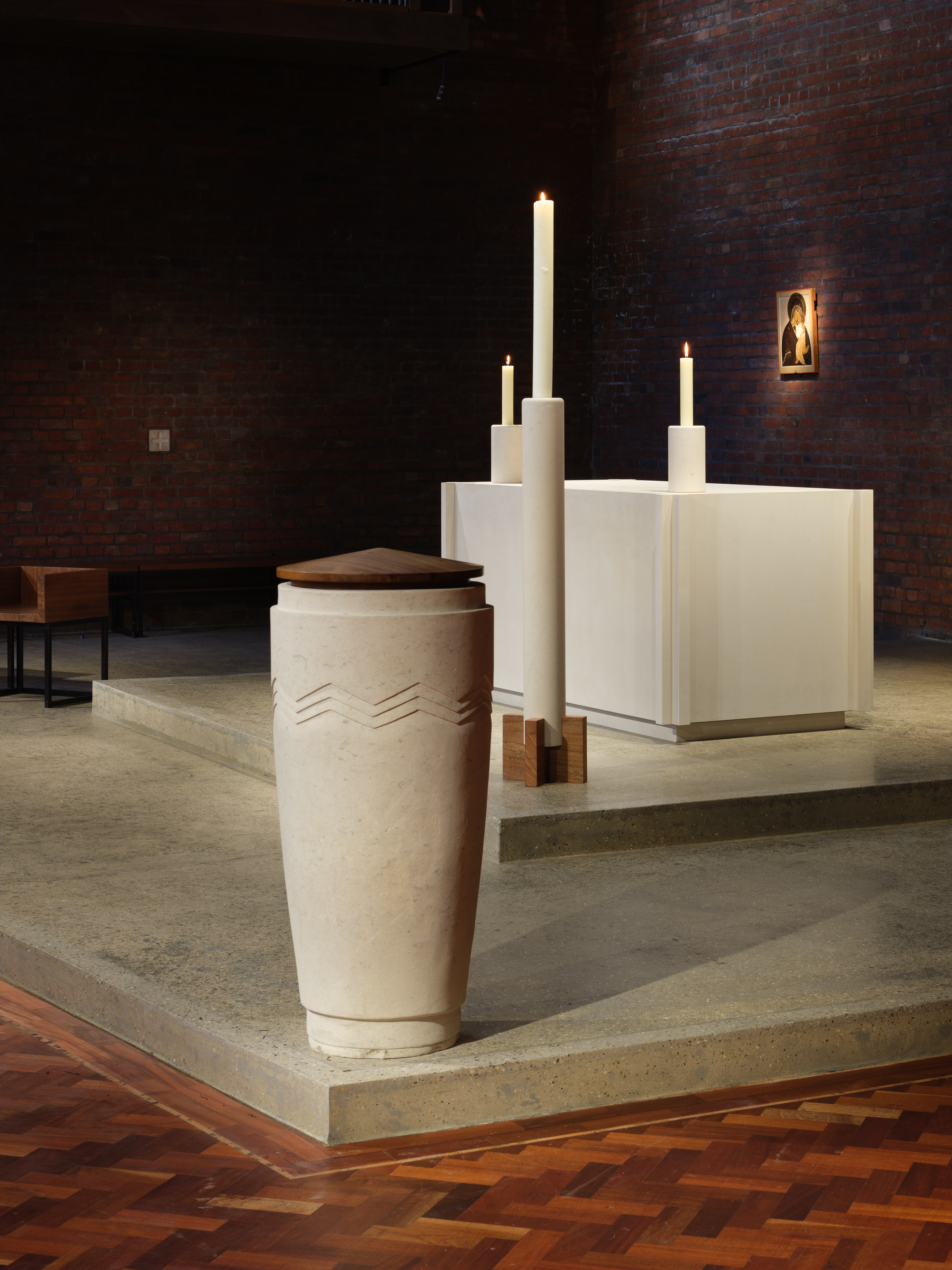
The altar is composed of four slabs of Portland stone held together using slot joints and a fifth slab inserted within the four walls. With its cross motifs in the four corners where the legs meet, and its recessed base designed so the parish priest can stand closer to the altar, the finished object looks imposing but has an appealing floating quality despite its weight.
The two candleholders are made of the same sedimentary stone and are cylindrical in shape, while the imposing Paschal candleholder is also cylindrical and made of Portland stone but is quite a bit taller (1.35m) and features a reclaimed teak base for stability that neatly repeats the cross motif of the altar.
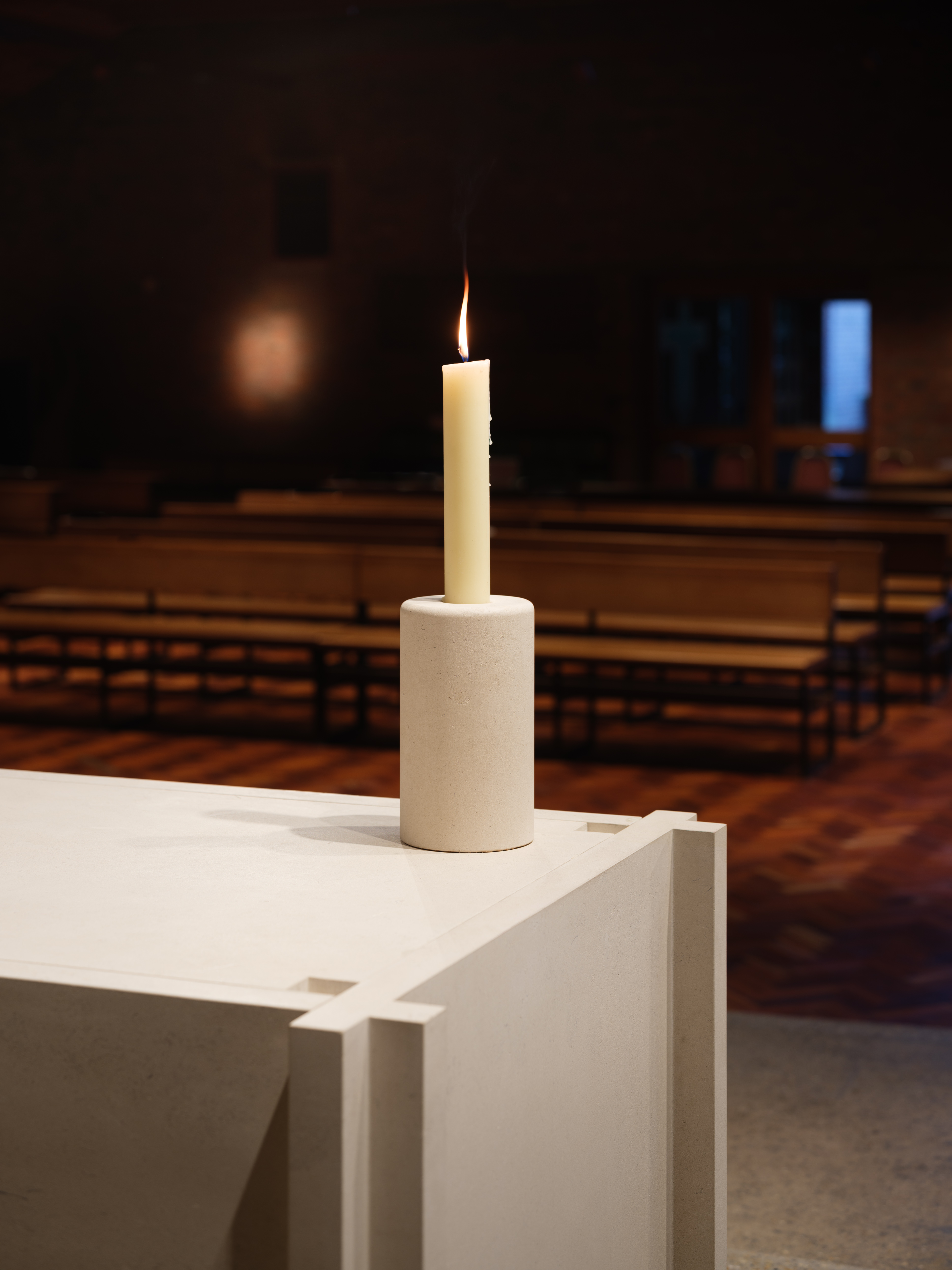
The last part of the church Lamb tackled was the stepped, raised sanctuary floor that had been covered in cork and was in a state of disrepair. ‘I am generally very pro cork, but I decided that it was another foreign element in this instance, in that it wasn’t a material that was present elsewhere, so my proposal was not to add something new here but to remove the old and polish the concrete beneath it until it looked honed.’
Wallpaper* Newsletter
Receive our daily digest of inspiration, escapism and design stories from around the world direct to your inbox.
The new-old floor complements existing concrete elements in the church, such as the original coloured glass and concrete windows designed by Susan Johnson and the large concrete base for the organ pipes. The result, enhanced by highly effective natural and artificial lighting (courtesy of a recent renovation), is a quietly dramatic, uplifting and meditative space with the sculptural altar and candleholders at its heart.
INFORMATION
ADDRESS
10 Meeting House Ln
London SE15 2UN
Giovanna Dunmall is a freelance journalist based in London and West Wales who writes about architecture, culture, travel and design for international publications including The National, Wallpaper*, Azure, Detail, Damn, Conde Nast Traveller, AD India, Interior Design, Design Anthology and others. She also does editing, translation and copy writing work for architecture practices, design brands and cultural organisations.
-
 The Subaru Forester is the definition of unpretentious automotive design
The Subaru Forester is the definition of unpretentious automotive designIt’s not exactly king of the crossovers, but the Subaru Forester e-Boxer is reliable, practical and great for keeping a low profile
By Jonathan Bell
-
 Sotheby’s is auctioning a rare Frank Lloyd Wright lamp – and it could fetch $5 million
Sotheby’s is auctioning a rare Frank Lloyd Wright lamp – and it could fetch $5 millionThe architect's ‘Double-Pedestal’ lamp, which was designed for the Dana House in 1903, is hitting the auction block 13 May at Sotheby's.
By Anna Solomon
-
 Naoto Fukasawa sparks children’s imaginations with play sculptures
Naoto Fukasawa sparks children’s imaginations with play sculpturesThe Japanese designer creates an intuitive series of bold play sculptures, designed to spark children’s desire to play without thinking
By Danielle Demetriou
-
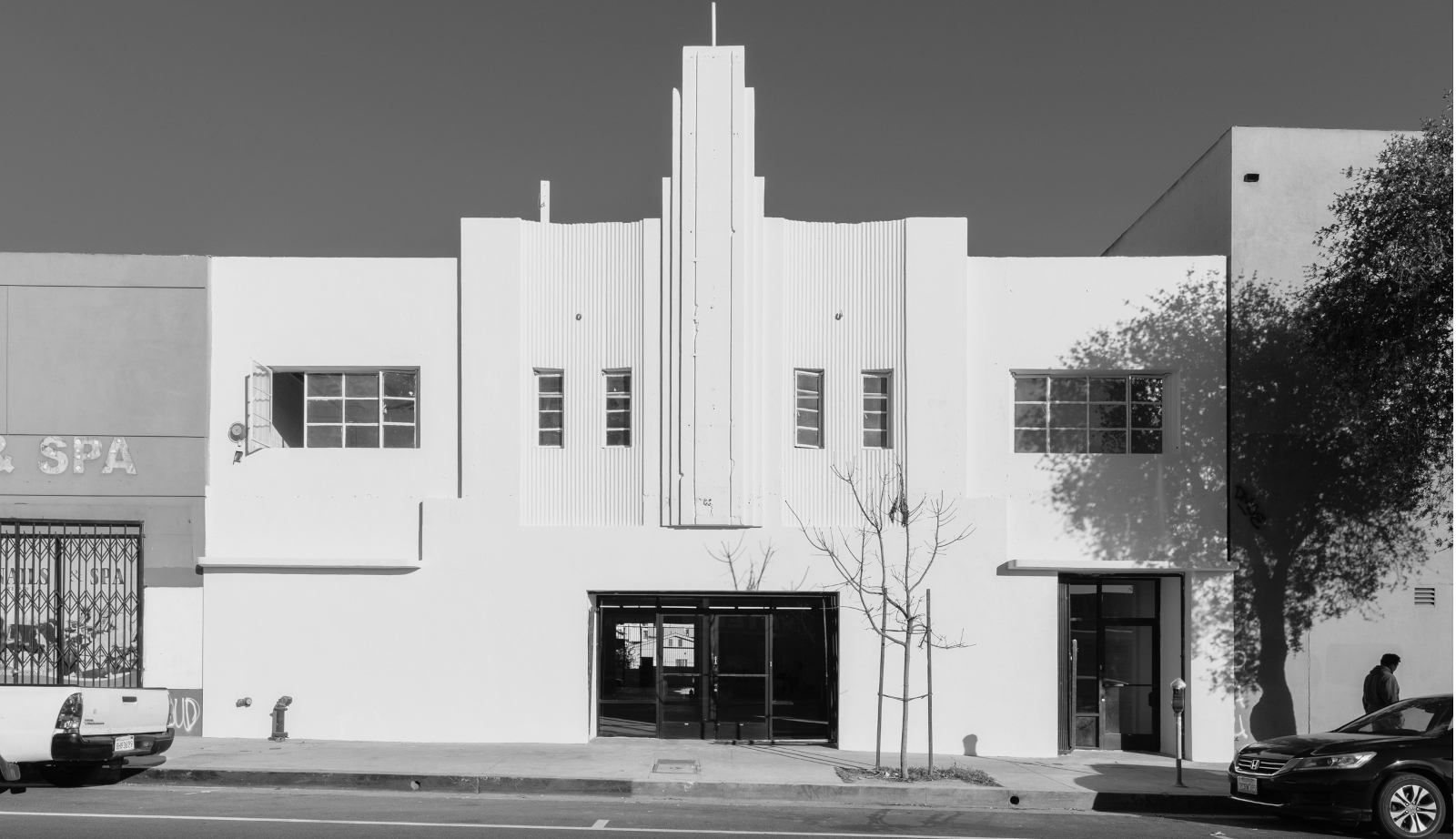 Gallery Fumi makes LA debut with works from Max Lamb, Jeremy Anderson and more
Gallery Fumi makes LA debut with works from Max Lamb, Jeremy Anderson and moreFumi LA is the London design gallery’s takeover of Sized Studio, marking its first major US show (until 9 March 2024)
By Tianna Williams
-
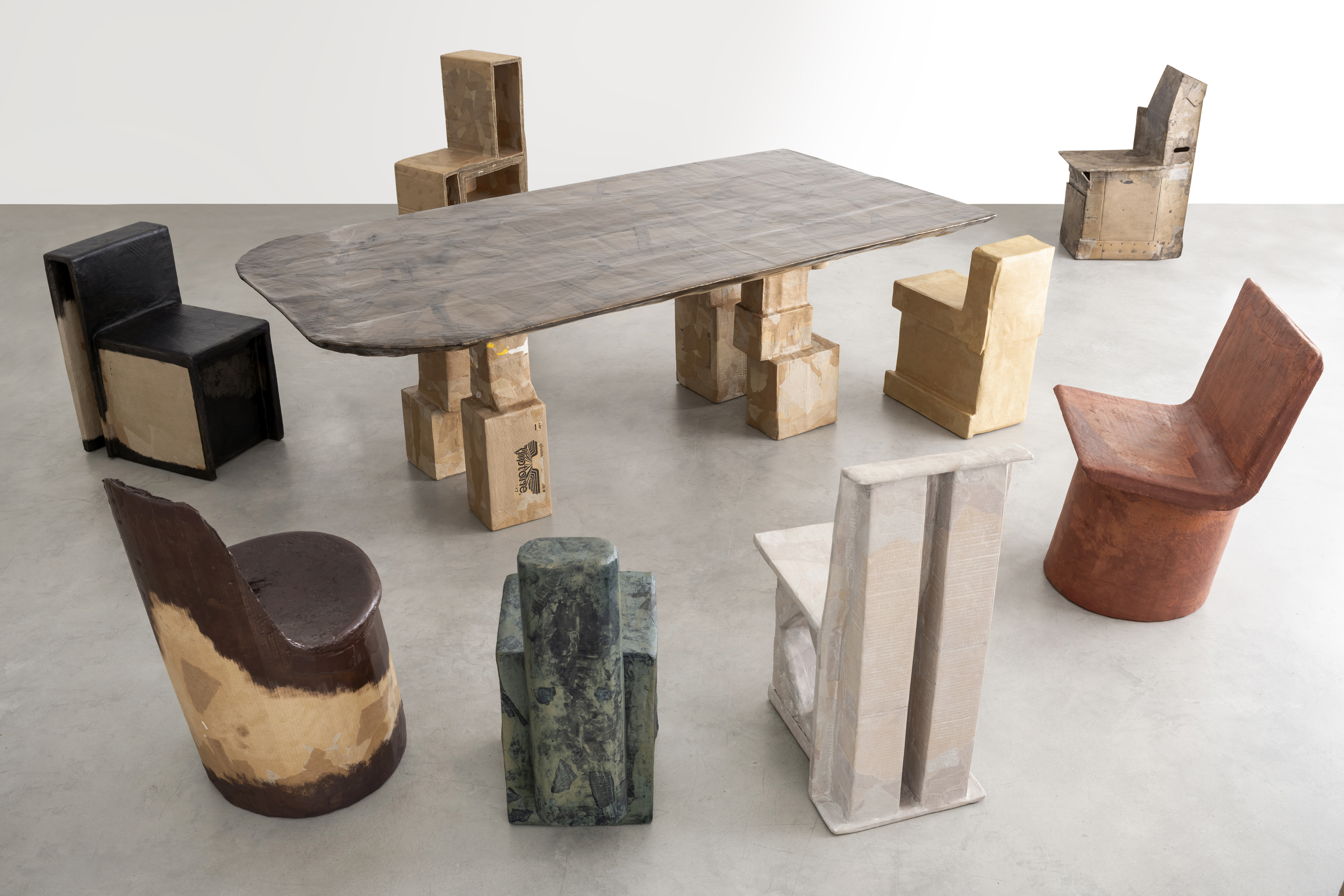 Max Lamb’s latest furniture is made of cardboard boxes
Max Lamb’s latest furniture is made of cardboard boxesMax Lamb’s cardboard furniture is on view at Gallery Fumi, London, until 18 November 2023
By Rosa Bertoli
-
 Inside Notre-Dame: Guillaume Bardet's furniture for the restoration of Notre-Dame de Paris
Inside Notre-Dame: Guillaume Bardet's furniture for the restoration of Notre-Dame de ParisFor the reopening of Notre-Dame de Paris in 2024, French designer Guillaume Bardet created a series of liturgical objects
By Rosa Bertoli
-
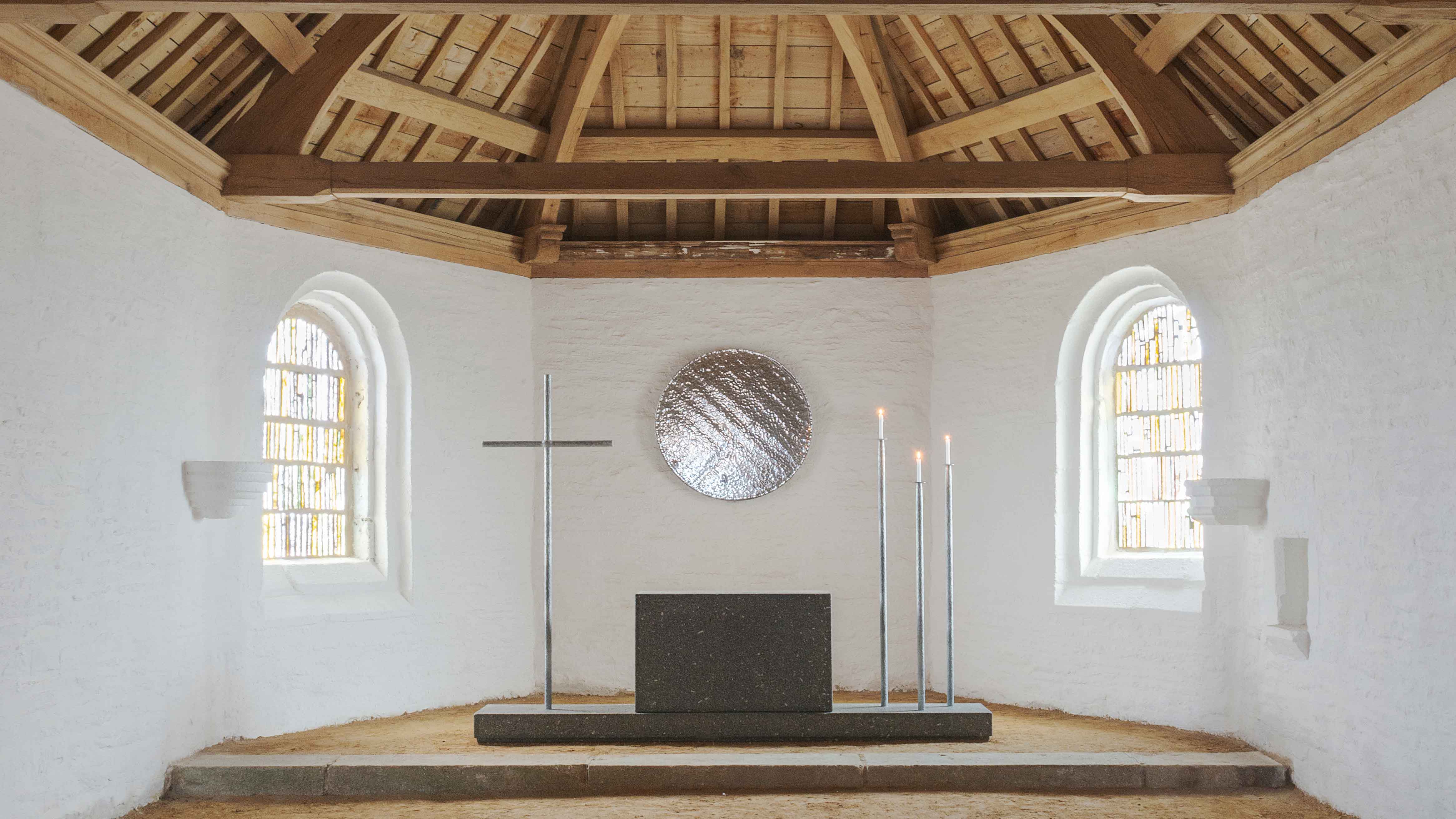 Restored Saint-Michel de Brasparts Chapel features interiors by Ronan Bouroullec
Restored Saint-Michel de Brasparts Chapel features interiors by Ronan BouroullecFor the reopening of the Saint-Michel de Brasparts Chapel in Brittany, Ronan Bouroullec elevated the interiors with a new altar design
By Rosa Bertoli
-
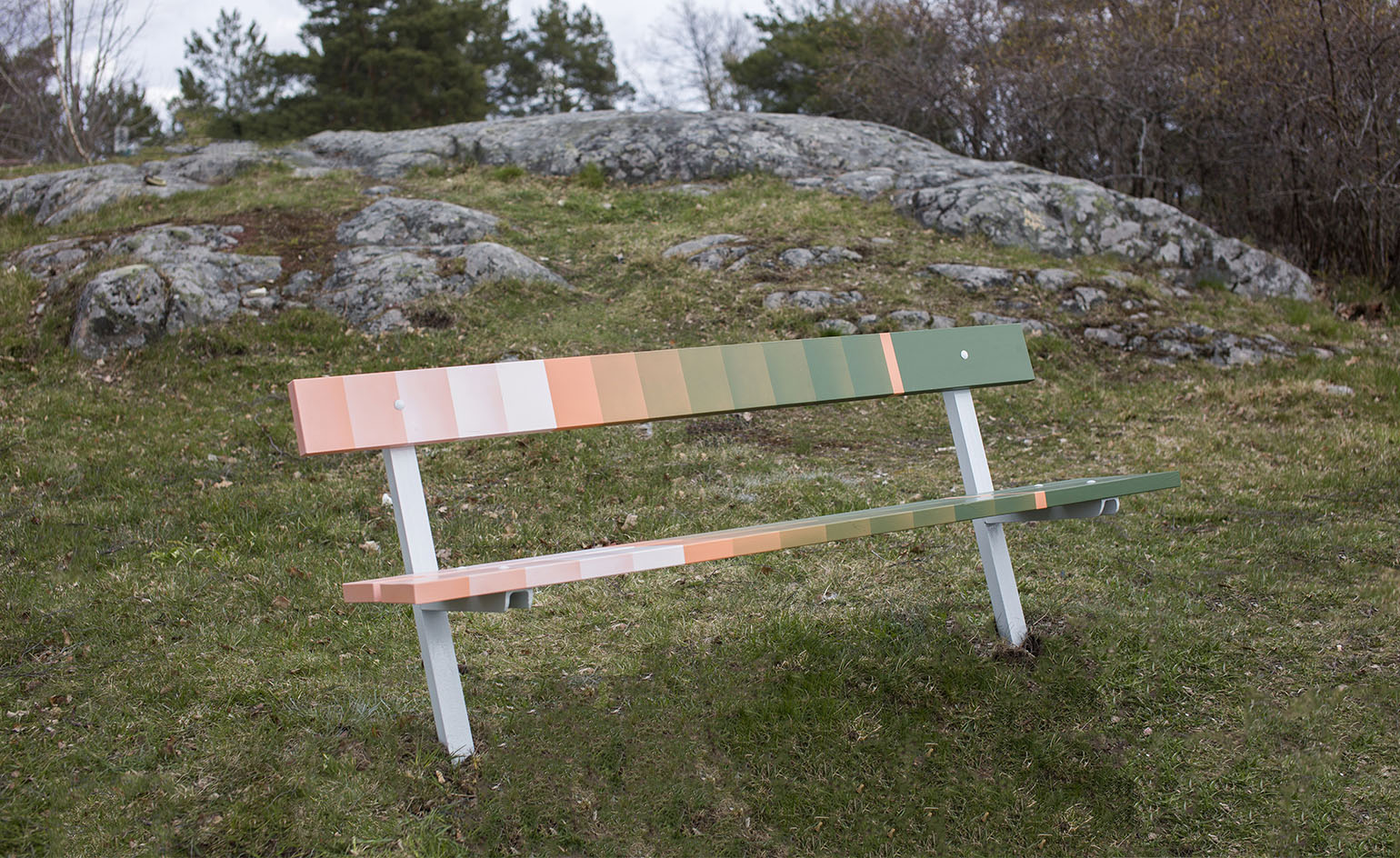 Bench press: designers put a new spin on public seating in Sweden
Bench press: designers put a new spin on public seating in SwedenBy Yoko Choy
-
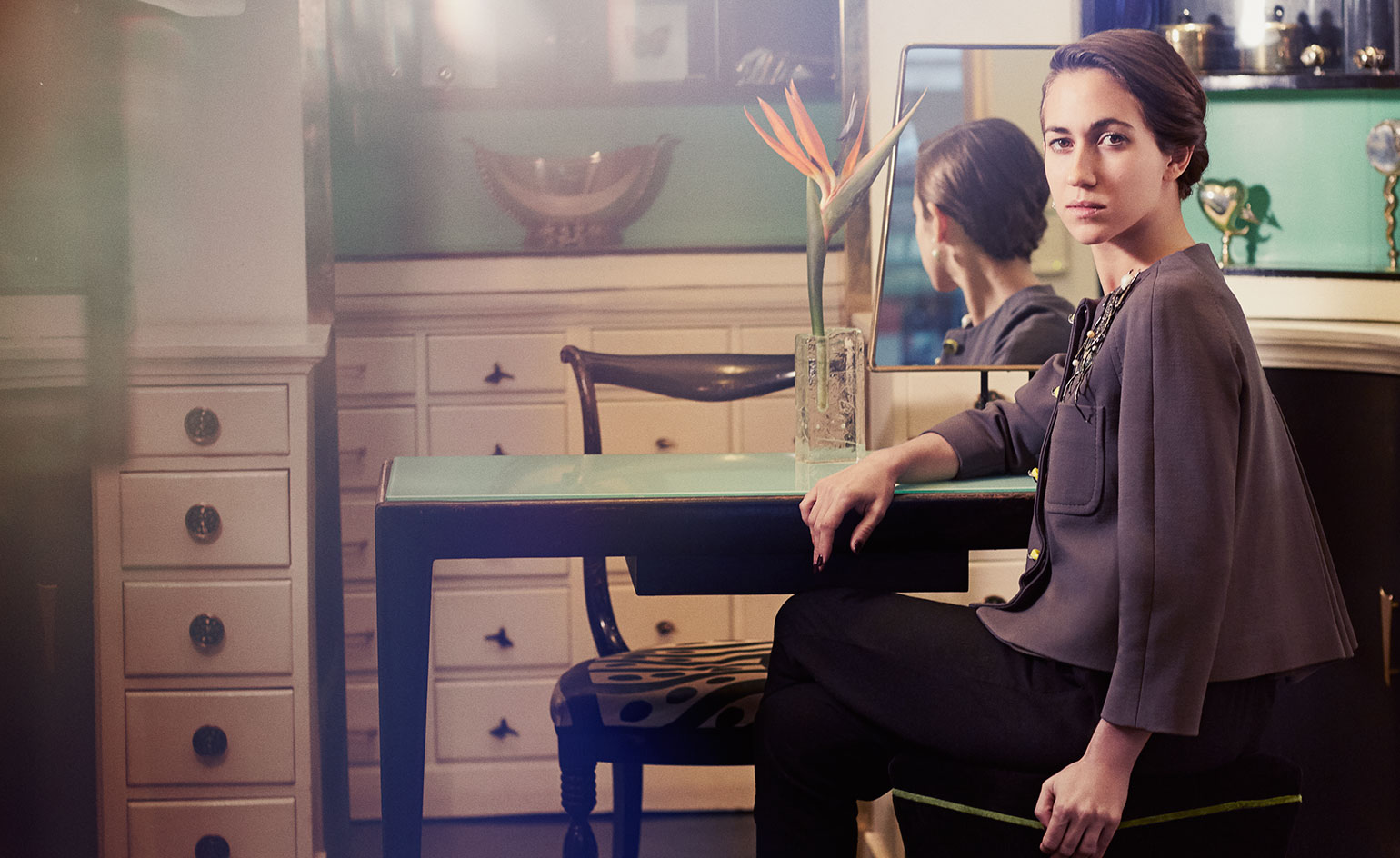 Jewellery designer Delfina Delettrez on judging the W* Design Awards 2016
Jewellery designer Delfina Delettrez on judging the W* Design Awards 2016By Paul McCann
-
 Top 20 under 40: the stars of tomorrow
Top 20 under 40: the stars of tomorrowInevitably, our Power 200 is stuffed with consistent old-hands and longstanding design royalty. But as part of this exploded approach, we've also curated a concise selection of the finest practitioners under 40 – not so much the stars of tomorrow as precocious dazzlers
By Rosa Bertoli